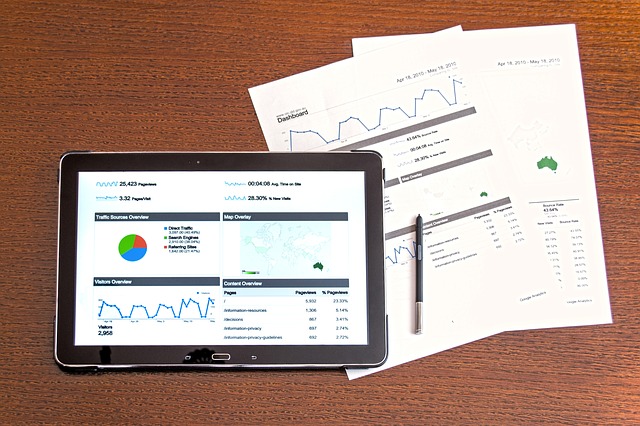What is a financial model?
A financial model is a tool which is built to forecast a business financial performance into the future. The forecast is based on the company’s historical performance and assumptions about the future. An income statement, balance sheet, cash flow statement and supporting schedules known as the 3 statement model is prepared. The 3 statement model is the foundation for advanced financial models which links the 3 statement model into one dynamically connected financial model.

What is a financial model used for?
The financial model’s output is used for decision making and performing financial analysis. In a company, the executives use financial models to make decisions regarding:
- Raising capital.
- Making acquisitions.
- Growing the business organically.
- Selling or divesting of the assets and business units.
- Budgeting and forecasting for the upcoming years.
- Capital allocation.

Who builds financial models?
Finical models are built by many different types of professionals. Most commonly, models are built by investment bankers, equity researchers, corporate development teams, FP&A, and accounting personnel.
How can you learn financial modeling?
Practice is the best way to learn financial modeling. In order to become an expert at building a financial model, one requires a lot of market knowledge and experience. For practice, the best way is to take a mature company’s historical financials, build a flat-line model into the future, and then calculate the net present value per share. If this sounds too complicated, contact us.
What are financial modeling best practices?
When building a model it is important to follow best practices in Excel.
- Formatting
In a financial model, it is important to clearly distinguish between inputs and outputs. The distinction is made through the formatting conventions in which the inputs are blue and formulas are in black. Other conventions such as shading cells or using borders can also be used.
- Model layout and design
To structure a financial model in a logical and easy to follow. The whole model is built on one workbook and grouping is used to create different sections.

The main sections to include in a financial model are:
- Assumptions and drivers
- Income statement
- Balance sheet
- Cash flow statement
- Supporting schedules
- Valuation
- Sensitivity analysis
- Charts and graphs
Sentient Solutions has trained experts that can help build financial models that are market specific, you can consult our professionals for free from the following link, Free Consultation.







